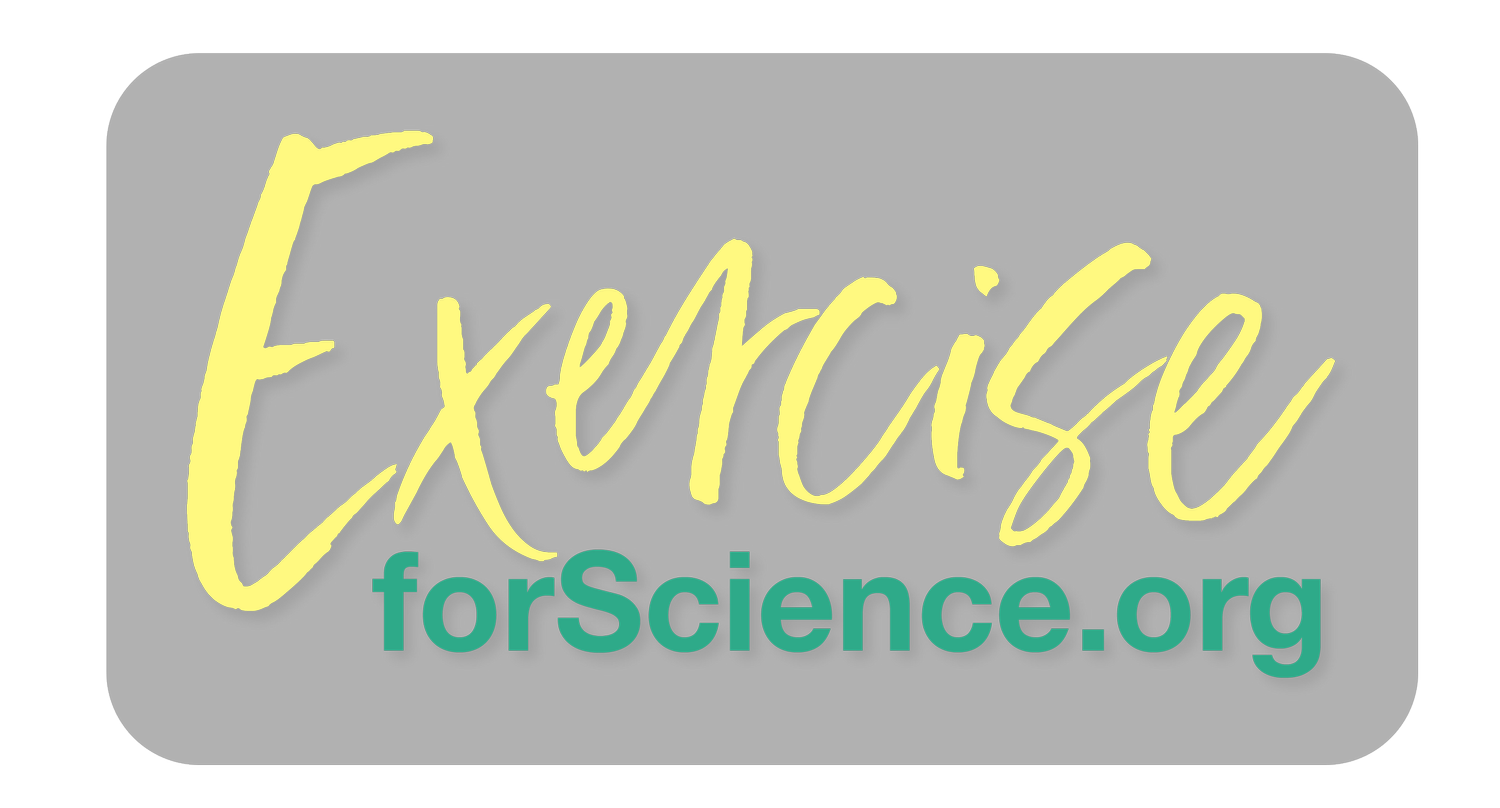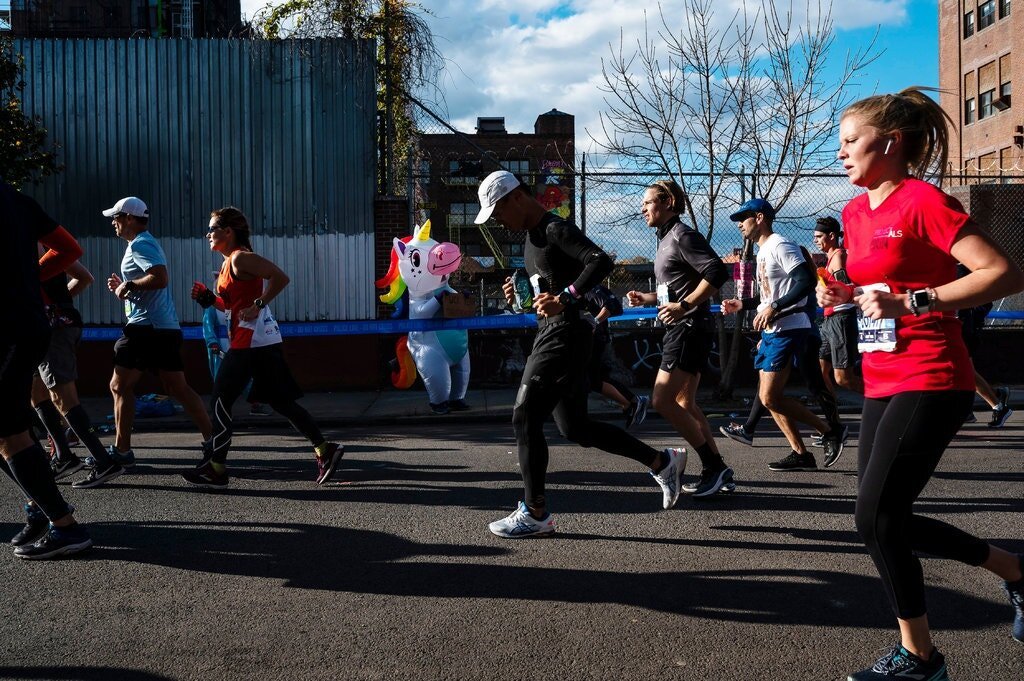Is running a marathon good for your knees?
Could it be that marathon training and racing are actually good for our knees?
Most marathon runners’ friends and family will often loudly assert that training and the run itself will ‘ruin your joints’.
Yet our Knee Study suggests that in fact the opposite is true. Our detailed analysis suggests that distance running actually rebuilds the health of middle-aged knees, even if the joints start off somewhat tattered and worn.
But at the same time, our study found that running such distances can erode one vulnerable area within the knee, if runners are not careful.
80 pairs of knees
We worked with 80 novice marathon runners, mostly in their mid-40s, examining their knee joints six months before the big race and - for the 71 that completed it - two weeks afterwards.
A big learning was that even though people felt that their knees were fine at the start of the project, many were actually harbouring damage. Around half showed frayed or torn cartilage or lesions in the bone marrow.
What’s fascinating is that two weeks after the marathon, many of these lesions and cartilage issues had shrunk or improved. Overall, the main weight-bearing knee compartments clearly showed beneficial effects from the marathon. It seems likely that running strengthens the muscles around the knee joint, stabilising it and reducing tissue damage.
Kneecap nuances
There was one area of the knee where some racers had developed new tears and strains in the cartilage and tissues: around the kneecap. This part of the joint is known to be stressed by running, although it is less prone to arthritis than other areas of the knee.
It’s helpful for runners to be aware of this and to train on softer ground like grass and trails rather than tarmac, to reduce the large forces that focus on the kneecap.
On balance, though, our studies suggest that running does more good than harm for our knees, which is great news for runners. It’s also a helpful response to those inevitable comments from non-running friends and family.
Our research findings prompted an extended article in the New York Times in December 2019. Read the full article

